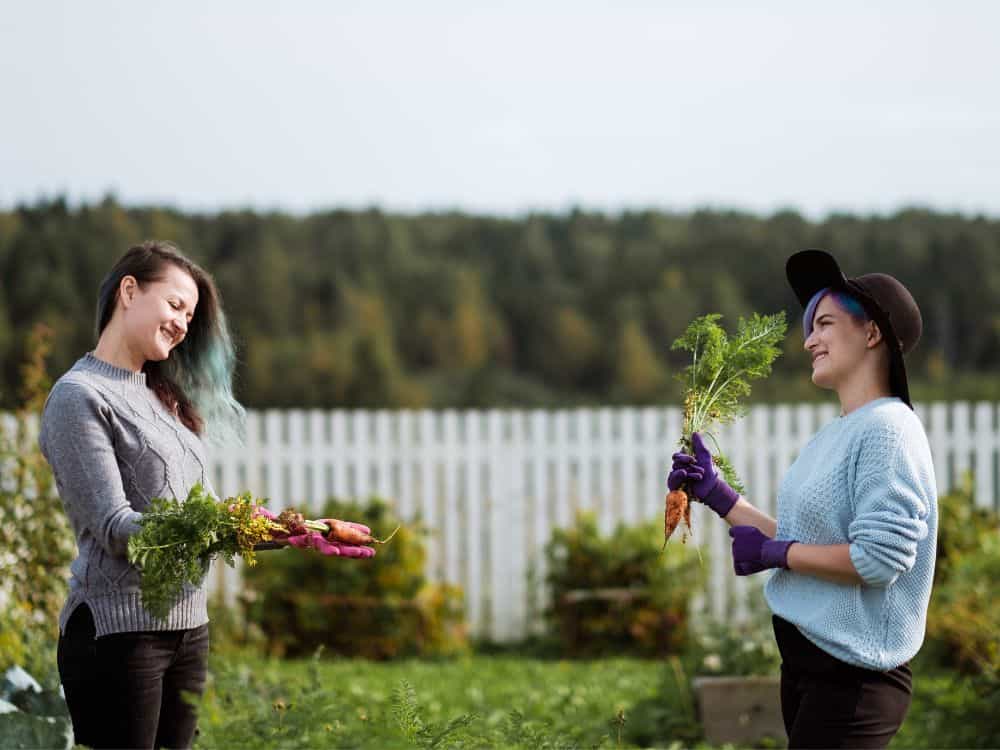Growing your own vegetables at home is a rewarding endeavor that offers a multitude of benefits. Whether you’re a seasoned gardener or a beginner looking to start your homesteading journey, understanding the best vegetables to grow at home can set you on the right path. In the following guide, we’ll explore some of the top choices for home gardening that can thrive in various environments, and how you can cultivate them with confidence.

Why Grow Vegetables at Home?
Home gardening is more than just a hobby; it’s a lifestyle choice that promotes sustainability and self-reliance. By growing your own vegetables, you can enjoy fresh produce, reduce your grocery bill, and minimize your environmental footprint. Additionally, gardening can be a therapeutic activity that enhances your mental well-being.
Essential Tips for Starting Your Home Garden
Choosing the Right Location
Before you begin, it’s crucial to choose the right location for your vegetable garden. Look for a spot that receives ample sunlight, has good drainage, and is protected from strong winds. These factors will contribute to the health and productivity of your plants.
Soil Preparation
Healthy soil is the foundation of a successful garden. Ensure your soil is rich in nutrients by incorporating organic matter such as compost or well-rotted manure. You can learn more about effective mulching techniques to enhance soil quality.
Top Vegetables for Home Gardening
Tomatoes
Tomatoes are an excellent choice for home gardens due to their versatility and productivity. They require full sun and can be grown in containers or directly in the ground. With proper care, you can enjoy a bountiful harvest of juicy tomatoes.
Carrots
Carrots are easy to grow and can thrive in a variety of soils. They are perfect for beginners and can be harvested throughout the growing season. Ensure your soil is free of rocks and debris to allow the carrots to grow straight and long.
Lettuce
Lettuce is a fast-growing vegetable that can be harvested multiple times. It’s ideal for small spaces and can be grown in containers or garden beds. Regular watering and partial shade help produce tender and flavorful leaves.
Beans
Beans are a staple in many home gardens due to their ease of growth and nutritional value. They can be grown as bush or pole varieties and require minimal maintenance. Regular harvesting encourages continued production.
Bell Peppers
Bell peppers add color and flavor to any dish. They thrive in warm climates and can be grown in containers or garden beds. Providing them with consistent moisture and support will lead to a successful harvest.
Maintaining Your Home Garden
Watering Techniques
Proper watering is essential for healthy plants. Deep and infrequent watering encourages strong root growth. Be mindful of overwatering, as it can lead to root rot and other issues.
Pest Management
Protect your vegetable garden from pests by implementing integrated pest management strategies. This involves using natural predators, barriers, and organic solutions to keep pests at bay.
Harvesting and Storing Your Vegetables
Knowing when and how to harvest your vegetables is crucial for maximizing flavor and nutrition. Each vegetable has its unique indicators for ripeness. Proper storage techniques, such as canning and freezing, can help you enjoy your harvest throughout the year.
Embracing the Homesteading Lifestyle
Home gardening is a gateway to a more sustainable and fulfilling lifestyle. By growing your own vegetables, you contribute to a healthier planet and enjoy the fruits of your labor. Consider exploring additional homesteading practices like erosion control and waste reduction to enhance your self-sufficiency.
Frequently Asked Questions
What are the easiest vegetables to grow at home?
Lettuce, radishes, and beans are among the easiest vegetables to grow. They require minimal care and can adapt to various growing conditions.
How much space do I need for a home vegetable garden?
You don’t need a large space to start a vegetable garden. Many vegetables, such as tomatoes and peppers, can be grown in containers on a balcony or patio.
How can I improve my garden’s soil quality?
Incorporating organic matter like compost and practicing waste reduction can enhance soil quality and fertility.

Conclusion
The journey of home gardening is filled with opportunities to learn, grow, and enjoy the rewards of your efforts. By selecting the best vegetables to grow at home and following the tips provided, you can cultivate a thriving garden that nourishes both your body and soul. Embrace the joys of gardening and the benefits it brings to your life and the environment.




